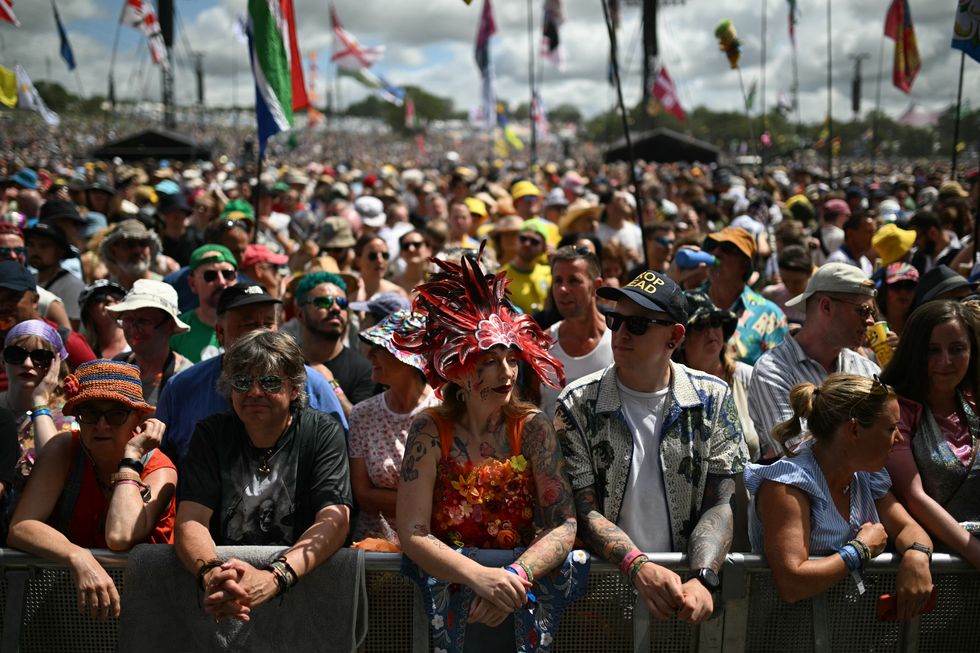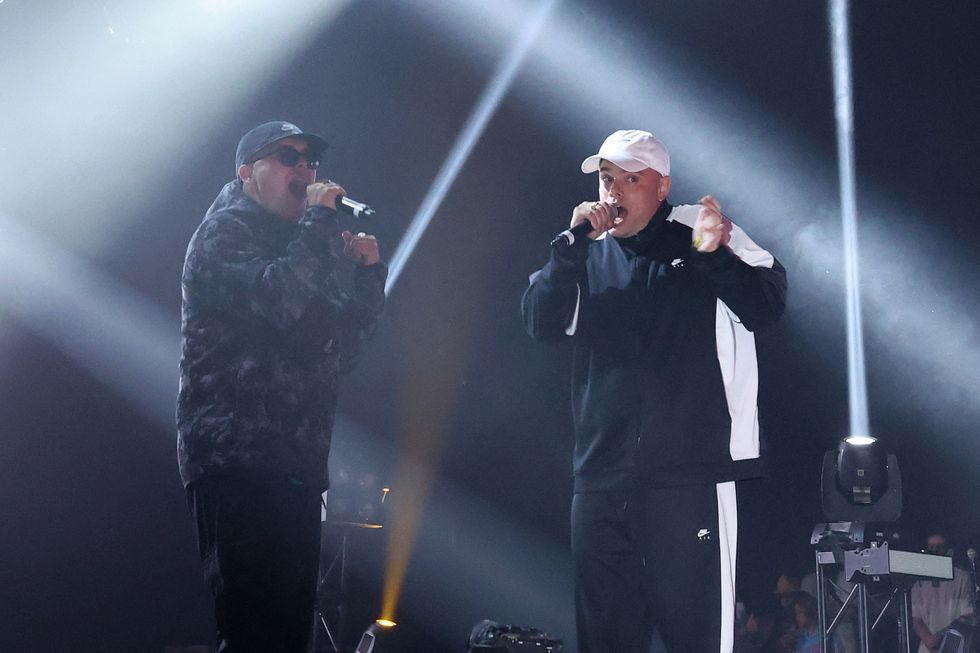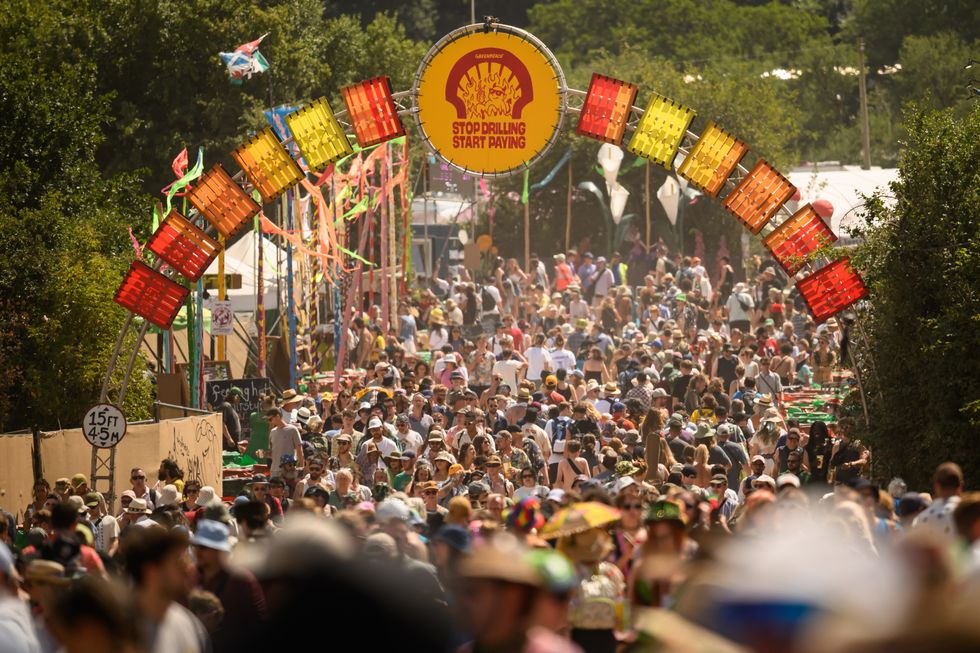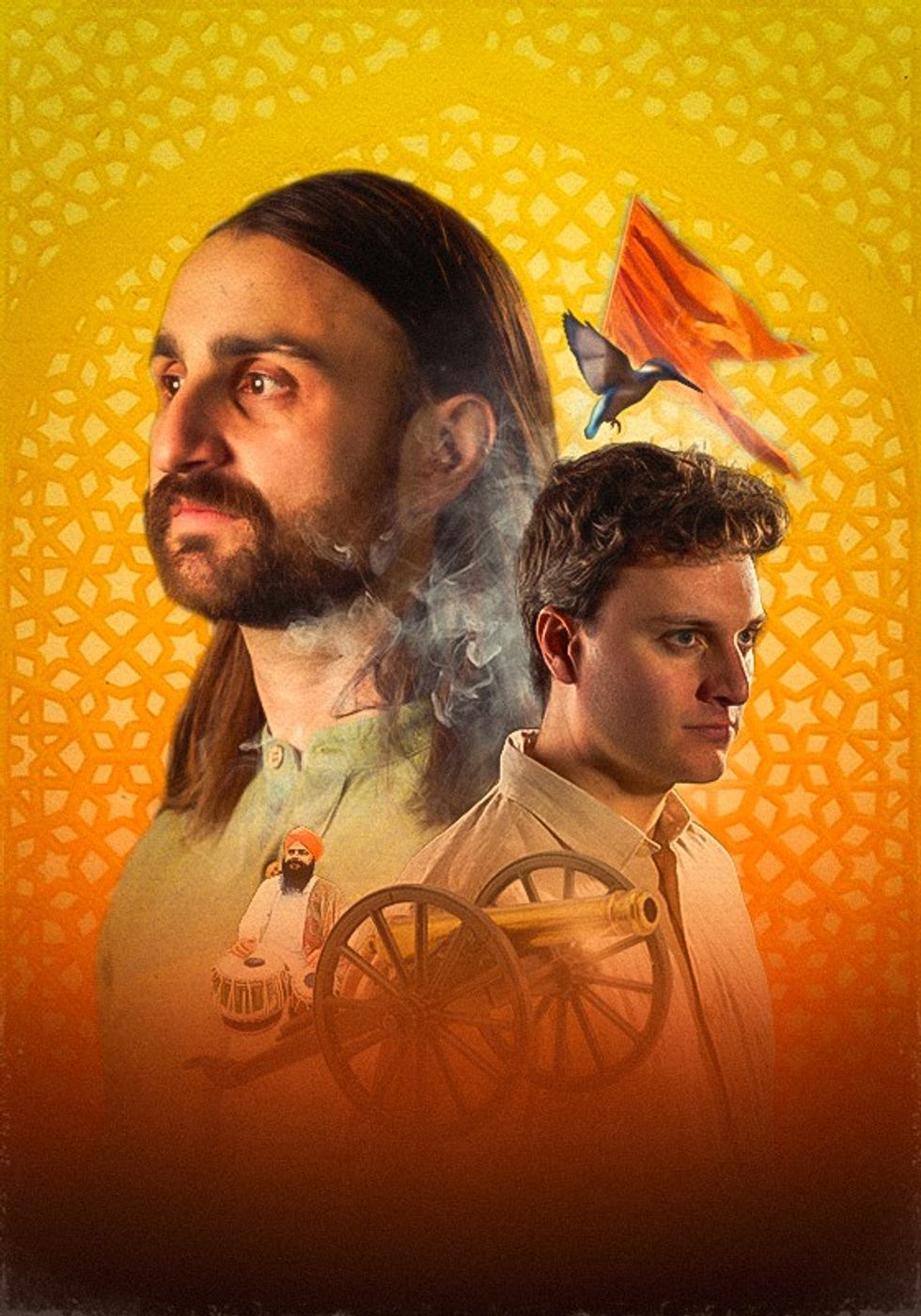A UK charity has teamed up with India’s largest stem cell registry in a pilot project to recruit 10,000 donors so as to improve stem cell match rates for ethnic minority patients.
Anthony Nolan last month announced a partnership with DATRI in India as their three-year pilot aims to tackle disparities in stem cell availability.
James Robinson
“If you’re from a minority ethnic background, you’re more likely to have a rare or even completely unique tissue type which can make it harder to find a fully matched unrelated stem cell donor. That is why we are thrilled to partner with DATRI on this important initiative,” Dr James Robinson, head of bioinformatics at Anthony Nolan, told Eastern Eye.
Patients from minority ethnic backgrounds often have unique tissue types, making it harder for them to find a matching donor on UK registers compared to individuals of white, northern European backgrounds, a recent report by Anthony Nolan said.
Asians are the largest minority ethnic group in the UK, and “our collaboration seeks to address the global shortage of suitable stem cell donors for patients with south Asian heritage,” Robinson added.
“Our initial results indicate that international cooperation between registries and Anthony Nolan’s data-driven recruitment strategies can effectively increase the diversity of stem cell registries, with the potential to save countless lives across the globe and reduce long-standing health inequalities,” he said.
A stem cell transplant can cure blood cancers and disorders. It involves replacing a patient’s stem cells with those from a matched donor, allowing healthy blood cells to develop in the recipient.
Blood cancer is the fifth most common cancer and the third leading cause of cancer deaths in the UK, accounting for nine per cent of all new cases.
Raj Parmar, from Leicester, was just 22 when he was diagnosed with blood cancer in 2015. He had myelofibrosis, a rare blood cancer that causes the bone marrow to produce unhealthy blood cells. He was told a stem cell transplant would be necessary, but there was uncertainty around the timing. “It could be within three months or even up to 10 years,” Parmar told Eastern Eye.
In the end, he waited five years as his condition gradually worsened.
By 2020, his health had declined to the point where a transplant was essential. And finding a compatible donor proved challenging.
“Because of my Indian heritage, my medical team told me I had less chance of finding a good match,” Parmar said.
His brother was not a match, so doctors turned to international registries, eventually finding a perfect match – a donor in Germany.
Four years after his transplant, Parmar is living well and grateful for the second chance he’s received.
Yasmin SheikhYasmin Sheikh, head of policy and publics affairs at Anthony Nolan, said finding matching donors is a critical challenge in stem cell transplants, particularly for ethnic minority patients.
“Our teams work tirelessly to ensure more patients can find suitable matches on the stem cell register. This innovative collaboration with DATRI will broaden the global pool of adult stem cell donors, with the aim of reducing health inequalities for British Asian patients,” Sheikh said.
“We know recruitment isn’t the only solution to making transplants equitable. That’s why our researchers are investigating alternatives treatments and working to better understand the causes behind patient inequalities.”
Sheikh and Robinson both highlighted the partnership with DATRI, saying it aims to increase the chances of finding suitable stem cell donors, especially for patients of south Asian descent.
Robinson said, “The stem cell community has always thrived on international partnerships to provide as many matches as possible. We know there are challenges sometimes in finding a donor locally, so we look internationally.”
He said Anthony Nolan’s UK registry represents ethnic minorities proportionally, but that it lacks sufficient genetic diversity to cover all needs.
“What we have in terms of a challenge is that the genes involved in transplantation are very variable. Different populations around the world have different variants, making it harder for certain UK demographics to find a match,” Robinson said.
Sheikh added, “The representation of minority ethnic donors on our registry is proportionate to population levels, but because the HLA (human leukocyte antigen) diversity in people from minority ethnic backgrounds is so large, we need to work internationally.”
Robinson said the partnership with DATRI is not about a lack of engagement from the UK’s south Asian community, but rather an effort to improve match rates across borders.
“We are very interested to see how this pilot project works,” he said, noting that over three years, the project aims to recruit 10,000 Indian donors, with 3,000 already registered in the first year.
The collaboration with DATRI is Anthony Nolan’s first targeted international project; if successful, similar partnerships may extend to Pakistan and Bangladesh. “By increasing the diversity of donors on both registries, we’re not just helping UK patients; we’re helping patients in India as well,” Robinson said.
He added, “The more donors we have from diverse demographics, the better the chances of finding a match.”
This approach could, over time, reduce wait times for finding a match for patients. Sheikh said the process of finding a suitable stem cell match is complex and variable.
“When a transplant team suspects a patient may need a transplant, they may explore sibling donors first, then unrelated donor searches, and consider other options like cell therapy or cord blood transplant. Factors like the patient’s age, condition, and family situation all impact the process,” she said.
Raj ParmarOnce a patient search request is received, the UK registry aims to provide a response within 48 hours, while international registry searches typically return within 72 hours. However, this doesn’t guarantee a final match. The donor must undergo further testing, and factors such as location impact timing.
For critical cases, such as aggressive cancers, rapid matches are prioritised.
Robinson said local matches are already processed quickly, but searches on the international registry, which includes 40 million donors, may take slightly longer.
Robinson said creating awareness remains key in India. “We chose DATRI because of their established presence and reputation, but we also need to raise awareness more widely,” he said.





 Festival goers at Glastonbury festival 2025Getty Images
Festival goers at Glastonbury festival 2025Getty Images  Pyramid Stage crowd swells ahead of the mystery Patchwork act rumoured to be Pulp Instagram/
Pyramid Stage crowd swells ahead of the mystery Patchwork act rumoured to be Pulp Instagram/ Kneecap welcome as political tension surrounds their setGetty Images
Kneecap welcome as political tension surrounds their setGetty Images Crowds of festival-goers fill the pathways during day three of Glastonbury festival 2025Getty Images
Crowds of festival-goers fill the pathways during day three of Glastonbury festival 2025Getty Images 









 Daniel Craig poses as James BondGetty Images
Daniel Craig poses as James BondGetty Images  James Bond casting shortlist revealed with Tom Holland Jacob Elordi and Harris Dickinson in leadGetty Images
James Bond casting shortlist revealed with Tom Holland Jacob Elordi and Harris Dickinson in leadGetty Images Is this the youngest James Bond yet as Tom Holland Harris Dickinson and Jacob Elordi lead casting rumoursGetty Images
Is this the youngest James Bond yet as Tom Holland Harris Dickinson and Jacob Elordi lead casting rumoursGetty Images
 An explosive new play that fuses biting satire, history and heartfelt storytellingPleasance
An explosive new play that fuses biting satire, history and heartfelt storytellingPleasance
Police may probe anti-Israel comments at Glastonbury